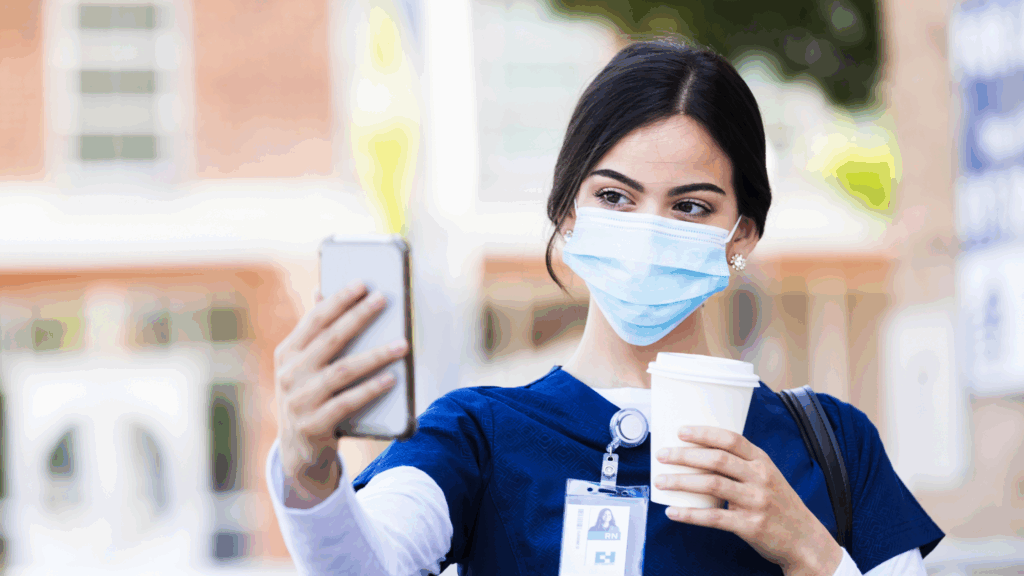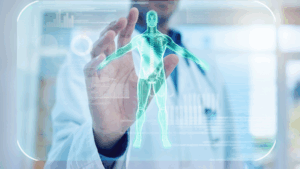Social media has changed the way we communicate, shop, learn—and even how we think about our health. What once took a doctor’s visit or a trusted medical journal to learn now takes only a scroll through your Instagram or TikTok feed. Healthcare advice, tips, and personal experiences are being shared widely by influencers, content creators, and even healthcare professionals. Some of it is accurate and incredibly helpful. And some of it? Not so much.
So, what happens when social media meets the emergency room? Let’s explore how viral healthcare trends are influencing public behavior—and how healthcare professionals are adapting in real-time.
The Rise of Health Content on Social Media
From short-form videos to influencer testimonials, healthcare-related content is booming across platforms like YouTube, Instagram, Facebook, and TikTok. Whether it’s a nurse on Instagram Reels explaining signs of a stroke, or a therapist going viral on TikTok for debunking mental health myths, these platforms are shaping how people perceive and approach their health.
This new era of digital health communication has led to a few positive shifts:
- Greater awareness of under-discussed issues like anxiety, ADHD, PCOS, and burnout
- Destigmatization of mental health and chronic conditions
- Increased engagement with preventative care and wellness
Younger audiences especially are turning to platforms like TikTok and Reddit for answers to sensitive or embarrassing health concerns. It’s a new front door to the healthcare system—and one that is wide open.
When Virality Turns Risky
Despite the good, there’s a flip side to viral trends—misinformation and risky behavior. For every informative post, there’s another promoting an unproven remedy or unsafe health practice. Sometimes these videos go viral precisely because they are shocking or controversial.
Here are just a few examples of how social media has contributed to harmful healthcare trends:
- The “dry scooping” trend, where users consume pre-workout powder without water, has been linked to heart palpitations and ER visits.
- Do-it-yourself cosmetic procedures, like at-home lip filler or mole removal, have led to infections and permanent scarring.
- Misleading supplement advice, especially around weight loss, has caused everything from dehydration to liver damage.
A Journal of Medical Internet Research study in 2022 revealed that nearly 1 in 3 health-related videos across major social platforms contained misleading or inaccurate information. And when content is delivered by a confident, camera-ready creator, it can be hard for the average user to know what’s real and what’s risky.
Real-World Consequences in Emergency Rooms
Healthcare providers are increasingly seeing the results of social media trends in real life—from teens attempting viral “challenges” to adults self-diagnosing and self-treating based on something they saw online. What starts as an experiment for clicks can land patients in urgent care—or worse.
On the other hand, some patients are seeking care sooner because of what they’ve seen on social media. For example, videos explaining the FAST method for recognizing strokes or the importance of routine STI screenings have led viewers to seek timely medical attention. That’s the kind of virality that can save lives.
Still, the trend of replacing medical advice with online content remains concerning. One found that 44% of Americans say they have used social media to self-diagnose—a number that continues to grow, especially among Gen Z.
Healthcare Professionals Join the Conversation
To combat misinformation and guide patients toward better decision-making, many healthcare professionals are taking to social media themselves. Doctors, nurses, therapists, and even hospital systems now create content to answer common questions, debunk myths, and educate the public.
These professionals bring credibility and clarity to a space often flooded with anecdotal opinions. Their content helps:
- Build trust in the healthcare community
- Educate patients on symptoms, treatments, and prevention
- Encourage people to seek care when needed
- Highlight the realities and rewards of working in healthcare
Even something as simple as a short Instagram video on how to properly use an inhaler can reach hundreds of thousands of people—and prevent unnecessary ER visits.
What Employers and Medical Leaders Should Know
For healthcare organizations, social media can be both a challenge and an opportunity. While it’s crucial to stay alert to harmful trends affecting patient behavior, it’s also a powerful tool for outreach and education.
Here are a few steps to consider:
- Monitor social media trends regularly to anticipate patient concerns or misinformation.
- Educate your staff on how to talk to patients who reference social media health content during visits.
- Empower trusted voices in your organization to create educational content that is engaging, professional, and helpful.
- Invest in digital health literacy, both internally and externally, so your patients and your team know how to vet online content.
By meeting patients where they already are—on their feeds—healthcare professionals can build stronger, more informed relationships.
Final Thoughts: Social Media’s Lasting Influence on Healthcare
Social media is no longer just a source of entertainment; it’s become a front-line influencer in public health behavior. Viral healthcare trends can educate and empower, but they can also confuse or harm when information is taken out of context or manipulated for engagement.
The goal for healthcare professionals, employers, and staffing firms alike should be to guide the conversation—not ignore it. When used responsibly, social media can become a platform for trust, education, and even early intervention.
Looking for healthcare recruiters who understand today’s digital-savvy patients and providers alike? All Medical Personnel connects top healthcare talent with organizations across the U.S. Get in touch or Explore healthcare jobs with All Medical Personnel!





